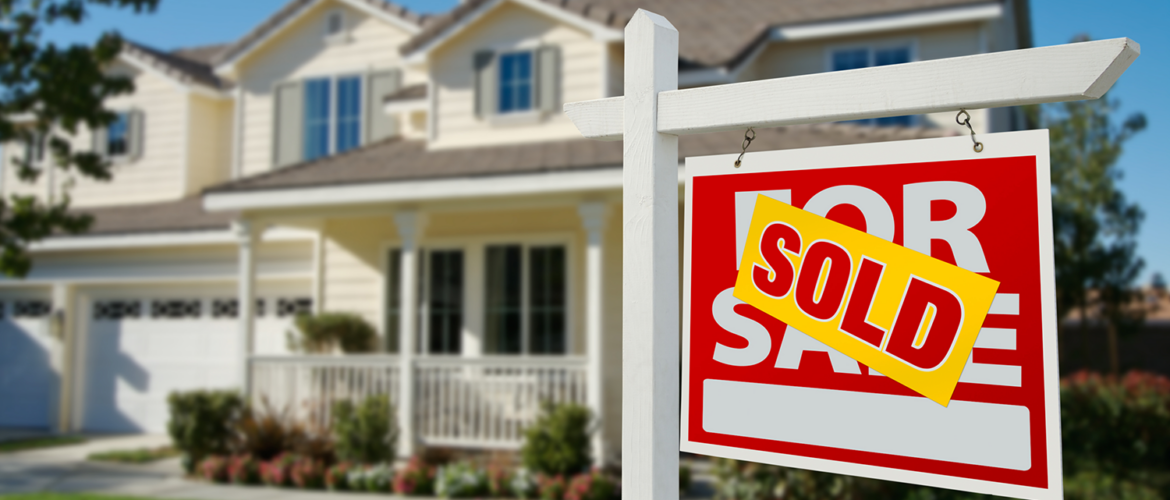Existing-home sales rose to their highest level in seven months, according to the latest data from the National Association of Realtors (NAR). Sales increased for the second consecutive month, reaching a seasonally adjusted annual rate of 1.87 million units in November—a 5.6% jump from October and the strongest showing since May.
- Compared to the same time last year, sales are up 3.3%.
- The median price in the region rose to $361,300, marking a 2.8% increase year-over-year.
Southern Dominance: The South accounted for 45% of all existing-home sales nationwide, highlighting its continued dominance in the housing market.
Nationwide, existing-home sales climbed 4.8% in November, surpassing economists’ expectations of a 2.7% rise. Regional breakdowns showed significant growth:
- Northeast: Sales surged 8.5%.
- Midwest: Sales rose 5.6%.
- West: Sales remained flat.
Inventory: Elevated inventory levels played a role in the market’s positive momentum, offering more options to prospective buyers. Total inventory registered at the end of November was 1.33 million units, down 2.9% from October but up 17.7% from a year earlier.
- The supply of unsold inventory is at a 3.8-month level, slightly lower than October’s 4.2 months but higher than 3.5 months in November 2023.
What They’re Saying: NAR Chief Economist Lawrence Yun attributed the rise in sales to improving economic conditions. “More buyers have entered the market as the economy continues to add jobs, housing inventory grows compared to a year ago, and consumers get used to a new normal of mortgage rates between 6% and 7%,”
- Yun said. He also noted that many existing homeowners are leveraging the $15 trillion increase in housing equity over the past four years to find homes better suited to their changing needs.
Bottom Line: As economic confidence grows, so does housing market activity. Historically, when people feel better about the economy, they tend to buy homes—a trend that appears to be unfolding once again.



